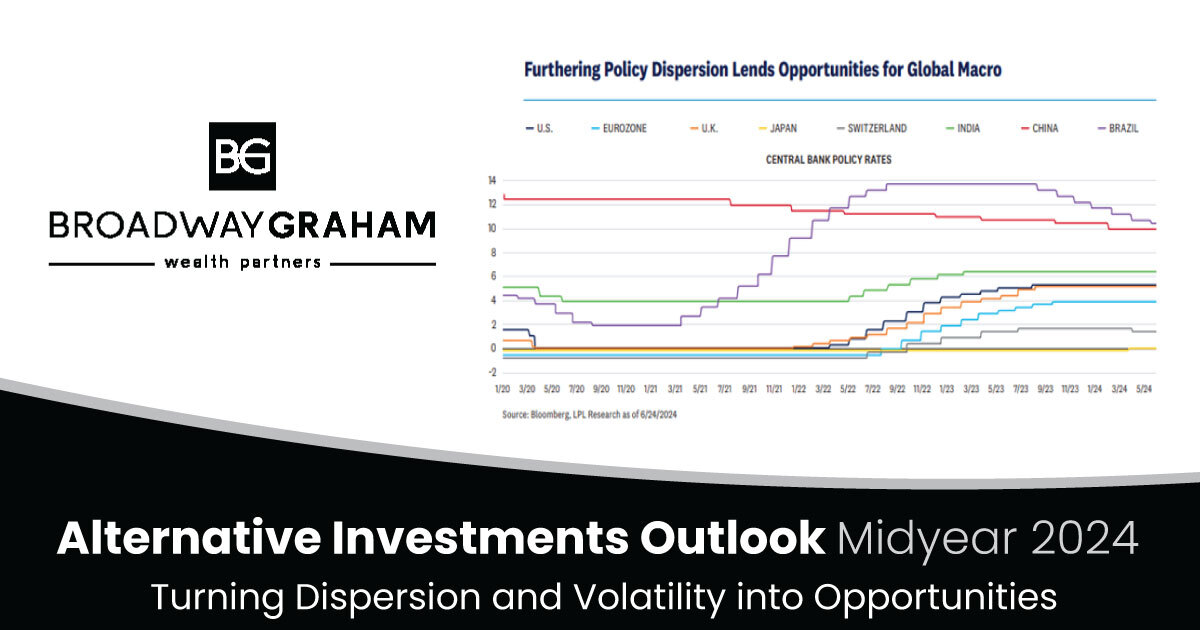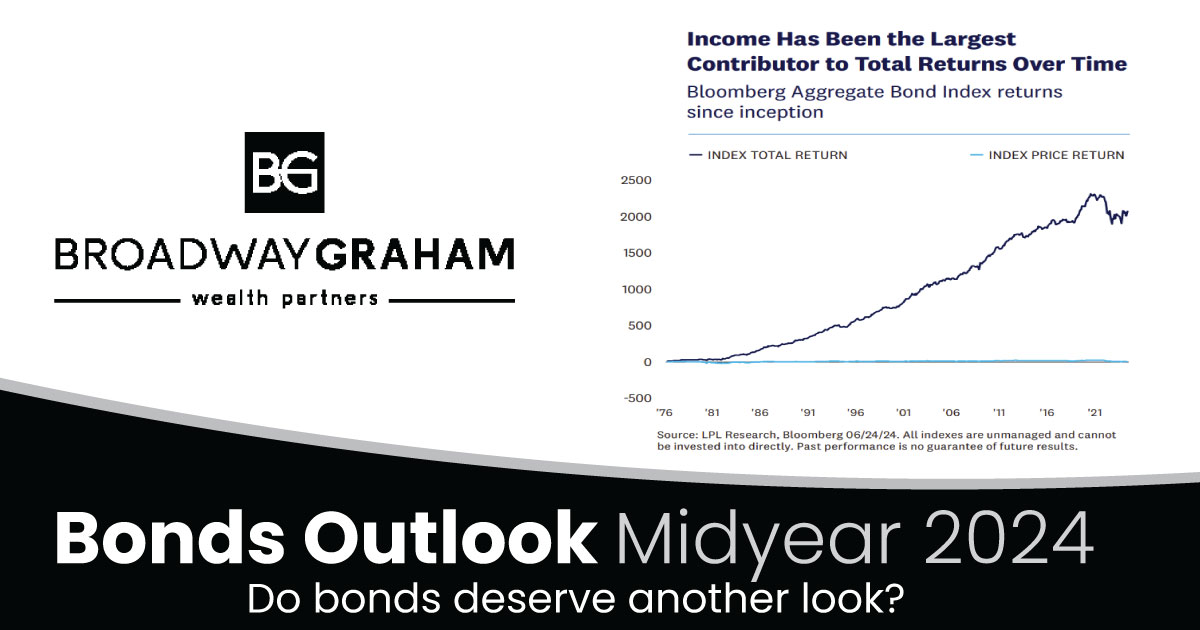Let’s explore the role of Roth conversions and shed light on the impending sunset of the Tax Cuts and Jobs Act (TCJA). Roth conversions have gained popularity due to their potential to provide tax-free retirement income, while the eventual sunset of the TCJA may impact tax planning strategies. Let’s dive into the details!
1. Understanding Roth Conversions
Roth conversions involve moving pre-taxed funds from a traditional retirement account, like a 401(k) or traditional IRA, into a Roth IRA. This conversion incurs taxes on the converted amount, but the funds grow tax-free moving forward, making it an attractive option for long-term retirement planning.
2. Tax-Free Retirement Income
One of the main advantages of Roth conversions is the ability to create a source of tax-free income during retirement. Since Roth IRAs don’t require mandatory minimum distributions (RMDs) like traditional IRAs, you can let the funds grow for as long as you wish without worrying about tax implications.
3. Capitalizing on Lower Tax Rates
The TCJA, enacted in 2017, introduced lower tax rates for many individuals and businesses. As a result, some taxpayers may have benefited from reduced tax burdens. However, the TCJA was not a permanent change and is set to sunset, which could impact tax planning strategies in the future.
4. The Sunset of the TCJA
The sunset provision in the TCJA means that the reduced tax rates and various deductions it brought will revert to pre-2018 levels unless Congress takes action to extend them. This scheduled sunset at the end of 2025 raises questions about how it might affect retirement planning and tax management strategies
5. Factors to Consider
When deciding on Roth conversions, several factors come into play, such as current tax bracket, future expected tax rates, and financial goals. Consulting with a financial advisor or tax professional can be beneficial in making informed decisions.
Roth conversions can be a powerful tool for managing tax-free income in retirement, providing a buffer against future tax rate changes. As the sunset of the Tax Cuts and Jobs Act approaches, it becomes crucial to evaluate tax planning strategies and consider if Roth conversions align with your long-term financial goals.






